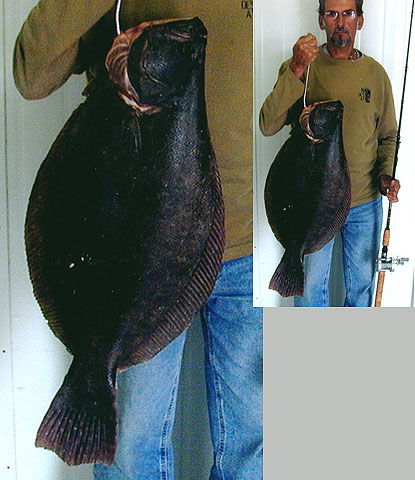| Paralichthyidae (Large-tooth flounders) |
| 100 cm TL (male/unsexed); max.weight: 12 kg |
|
demersal; brackish; marine; depth range 0 - 40 m |
| Southwest Atlantic: Brazil. Does not occur in Argentina nor in Uruguay (Ref. 43588). |
|
Dorsal spines (total): 0-0; Dorsal soft rays (total): 68-86; Anal spines: 0-0; Anal soft rays: 52-67. Pectoral fins small, about two times head on ocular side, 2.7-3.0 time head on blind side. Pelvic fins about equal in size and shape on both sides. Caudal fin double truncate (Ref. 27363). |
| Inhabits coastal areas, in bays and estuaries (Ref. 36453). Found over sandy or muddy substrate. Apparently, reproduction occurs during summer in small groups of 3-15 individuals. Adults are solitary. This species is very much appreciated for its taste and high commercial value. |
|
Least Concern (LC); Date assessed: 19 November 2019 Ref. (130435)
|
| harmless |
Source and more info: www.fishbase.org. For personal, classroom, and other internal use only. Not for publication.

